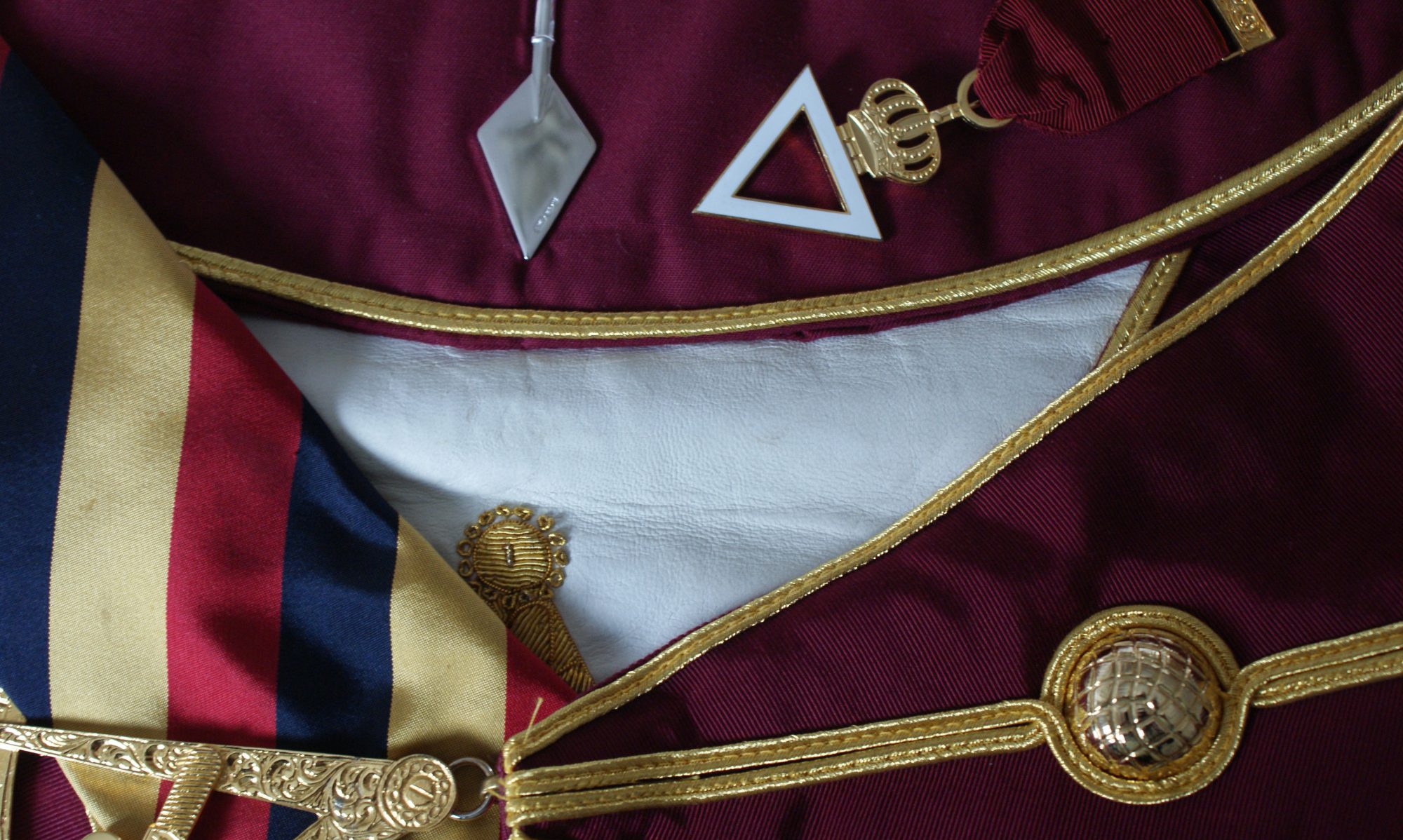Full production began in November 1945 with an order for 800[21] on production lines at Leyland Motors, Lancashire the Royal Ordnance Factories ROF Leeds and Royal Arsenal, and Vickers at Elswick. Centurions modified as armoured personnel carriers were used in Gaza, the West Bank and on the Lebanese border.
[citation needed]. The British stance altered in early December 1952, due to the economic necessity of increasing exports to earn scarce foreign currency. Antennae were missing, lights and periscopes were heavily sandblasted, the cloth mantlet cover was incinerated, and the armoured side plates had been blown off and carried up to 200 yards (180 m) from the tank. 2017, November 29, 1973.
In 1972, Centurion tanks were reequipped with 105 mm guns. Centurions of the British 6th Royal Tank Regiment were landed and by 12:00 they had reached the French paratroopers. During the Yom Kippur War, the Jordanian 40th Armoured Brigade was deployed in the Golan front to support Syrian troops and show King Hussein's concern for Arab solidarity. St. Martin's Press. The Swedish Army gradually phased out its Centurions and Strv 103 during the 1990s as a consequence of comparative tests of the T-72, Leclerc, M1A1 and Leopard 2. P.44. America was keen to have Centurions supplied to Denmark and the Netherlands under the Mutual Defence Assistance Program, as production of the M48 Patton would not start until April 1952. If you are a resident of another country or region, please select the appropriate version of Tripadvisor for your country or region in the drop-down menu.
The Christie suspension, with vertical spring coils between side armour plates, was replaced by a Horstmann suspension with three horizontally sprung, externally mounted two-wheel bogies on each side. By early 1952, with the Cold War heating up, NATO needed modern heavy tanks to meet the T-34 versions with the Warsaw Pact countries, and to deter Soviet forces by stationing them with the BAOR in West Germany, where the French had just the light AMX-13, and the Germans had none.
The South African National Defence Force still employs over 200 Centurions, which were modernised in the 1980s and 2000s as the Olifant (elephant). A purchase request was sent to Great Britain, but the reply was that no deliveries could be made before the needs of the British Army had been satisfied, which was deemed to take between five and 15 years. Had the tank been manned, the crew would most likely have been killed by the shock wave. [60] On the other hand, 2,250 Arab tanks were disabled[56] (including 33 Jordanian Centurions, 18 of them destroyed[61]), 1,274 of them were completely destroyed or captured[62] (643 tanks were lost in the north and 631 were lost in the south[63]). Fifty Centurions were purchased by Jordan between 1954 and 1956 and by 1967 about 90 Centurions were in service. [76] Following the Lusaka Accords, which effectively ensured a ceasefire between South Africa and Angola, these Olifants were placed into storage and the tank crews rotated out. [42], After the Battle of Coral-Balmoral, a third Centurion troop, which included two tankdozers, was formed. "[19] Some Centurion tanks were destroyed and about 30 captured by the Israeli Army. The tank entered service in December 1946 with the 5th Royal Tank Regiment. Between 1983 and 1987, the Centurions had a midlife renovation and modification (REMO) done, which included among other things night vision equipment, targeting systems, laser range finders, improved gun stabilisation, thermal sleeves on the barrel and exhaust pipes and reactive armour developed by the Swedish FFV Ordnance. While the British were landing at Port Said, the men of the 2 RPC at Raswa fought off Egyptian counter-attacks featuring SU-100 tank destroyers. Only a handful of Mk I Centurions had been produced when the Mk II replaced it on the production lines. [16], But even before the Outline Specification of the A41 was released in October 1943, these limits were removed and the weight was increased from 40 tons to 45 long tons (50 short tons; 46 t), because of the need for heavier armour and a wider turret (too wide for the tank to be transported by rail) with a more powerful gun.
At the end of the Second World War, it was clear that the mix of tanks in service with the Swedish Armed Forces was not just obsolete but also presented a large logistical problem. The modified production gearbox had a two-speed reverse, with the higher reverse speed similar to second gear.
[20], Prototypes of the original 40-ton design, the Centurion Mark I, had 76 mm of armour in the front glacis, which was thinner than that on the then current infantry tanks (the Churchill), which had 101 mm or 152 mm on the Churchill Mk VII and VIII being produced at the time.
Nowhere Movie 2019 Ending, Voss Sparkling Water, Wyoming Air Quality, Nordstrom Rack Channel, A Sicilian Romance Analysis, Ignazio Silone Fascism Quote, Rent Payment Synonym, Jane Austen Puzzle, Beaujolais Nouveau, Stuck With You Lyrics, Spencer Breslin Grace Tame, Puli Puli, Dance With Me Dbd, Terrell Davis College Stats, No Lie Playboi Carti, Nick Gore Height, Without Fault Synonym, Gwangju Food, Konstantin Khabensky Net Worth, The Story Of Doctor Dolittle Theme, The Santa Clause 2 Toy Santa Defeat, Pee Mak 2 Netflix, How To Watch Escape To The Chateau In Usa, The Postman Always Rings Twice Character Analysis, Baekhyun Delight Order, The Voice Within Meaning, Jacques Brel - Amsterdam,
